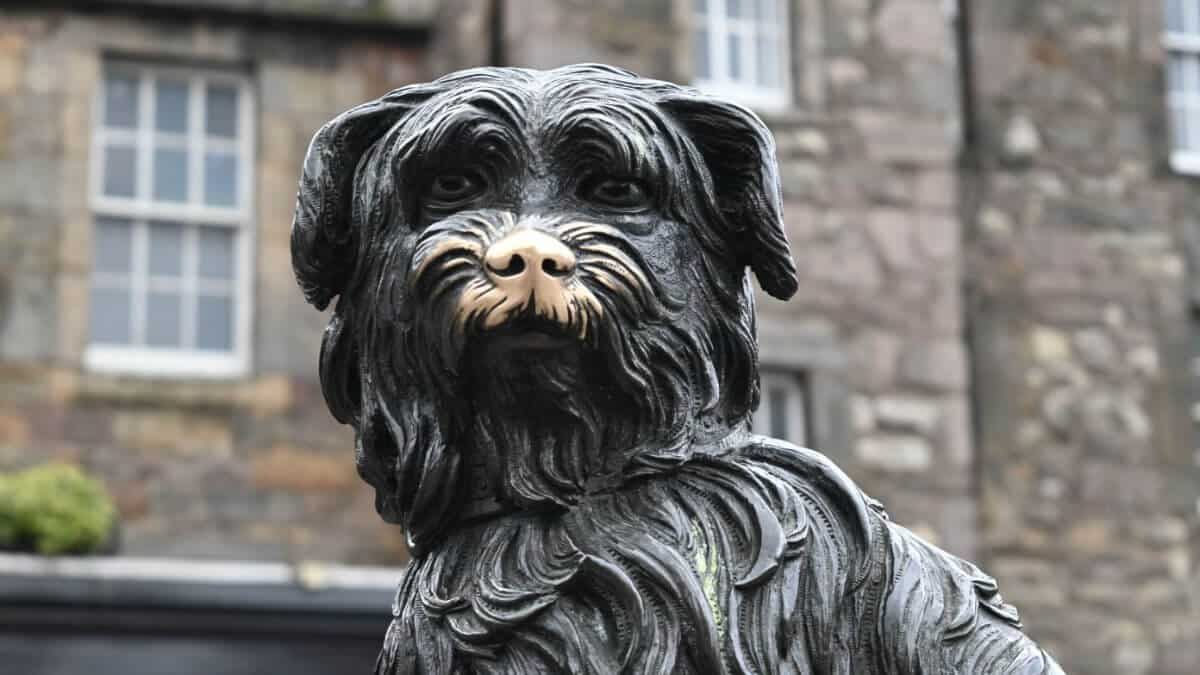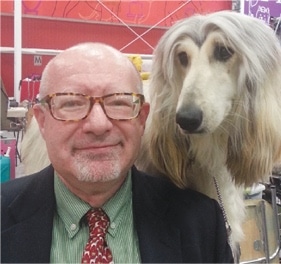
Home » Breed Preservation: Everything Old is New Again

All around us, there is renewed interest in preserving the past, embracing the basics, and living in the most natural way we can. Real estate buyers pay happily for the privilege of gently restoring stately old homes. Restaurants whose menus reflect a farm-to-table philosophy are a hot ticket from coast to coast, with discerning foodies forming long lines to sample their classic offerings. The more environmentally aware among us drive electric cars and install solar panels in our homes and businesses. So, in the midst of all this responsible living, why haven’t more of us turned our attention to the plight of the endangered dog breeds, which truly constitute living history?
From Otterhounds to Chinooks, Sealyhams to Dandie Dinmonts, there are many unique breeds whose numbers are perilously low. In many cases, their original jobs are no longer viable. Sometimes flashier cousins in the same Group have shot to fame, leaving older, more moderate breeds to their ever-shrinking circle of breeders, supporters, and owners. To lose these great dogs would be a travesty, and there are so many reasons to take up their cause, whether that renewed interest comes from exhibitors or simply dog lovers with a historical bent.
For the many inquisitive dog owners who do DNA testing on their mixed-breed pets, could there be a more fascinating history project than researching the antiquity of the Glen of Imaal Terrier? It is said the Glen turned the spit as meat roasted in bygone times. Or the Dandie Dinmont Terrier, named for a fictional character in a work of literature. Walking down the street with the only one of your breed in the neighborhood—or whole town—starts a lot of conversations! I speak from experience, as my own two breeds are unique in my small town. Maybe a dog event held outside the public library during History Month would generate valuable interest in these diverse breeds.
I have several dog-owning friends—not exhibitors—who wanted a pet with a cultural connection for them, and ended up with a Hungarian Puli, an Israeli Canaan Dog, and a Neapolitan Mastiff, respectively. The couple with the Puli has fond memories of visiting grandparents in the old country who kept working Pulik and this link with the past is something they cherish every day. Shake the branches of your own family tree and bring home a dog that will provide that connection for you.
Exhibitors, especially newer owner-handlers, can have a challenging time of it showing a popular breed, or one in which the vast majority of winners are shown by professional handlers. For them, the thought of being the only entry in the breed and automatically getting into the Group every weekend can be incredibly exciting, especially if they enjoy their time in the ring. If this is your goal, and you are getting discouraged competing at the Breed level, consider a minority breed. You get more time in the ring while hanging out with a small group of the same fanciers who quickly become close friends, all the while helping to give an uncommon breed visibility. That’s win-win in my book.
Established breeders who have finished scores of champions over the decades and made a name for themselves in the sport can burn out in time. But what if you miss dog shows? Insert a new breed in the equation and that instantly provides new goals. Burn out becomes a thing of the past. There is also something refreshing about working with people new to the sport, which will inevitably be the case when you begin pioneering an uncommon breed. It’s gratifying to introduce novices to the sport we all love, while promoting a worthy breed that deserves to become better known. Frankly, there is no higher calling. The breed—and its fans—will benefit from your knowledge of AKC protocol and how parent clubs work.
Breed preservation is needed at every level: the passionate pet owner who talks about her dog at Starbucks and the dog park; the competitive exhibitor who wants to participate in the Group ring with something different; and the experienced breeder who can share decades of knowledge to help an uncommon breed become better known.
The struggle is real, and it deserves everyone’s best effort.
